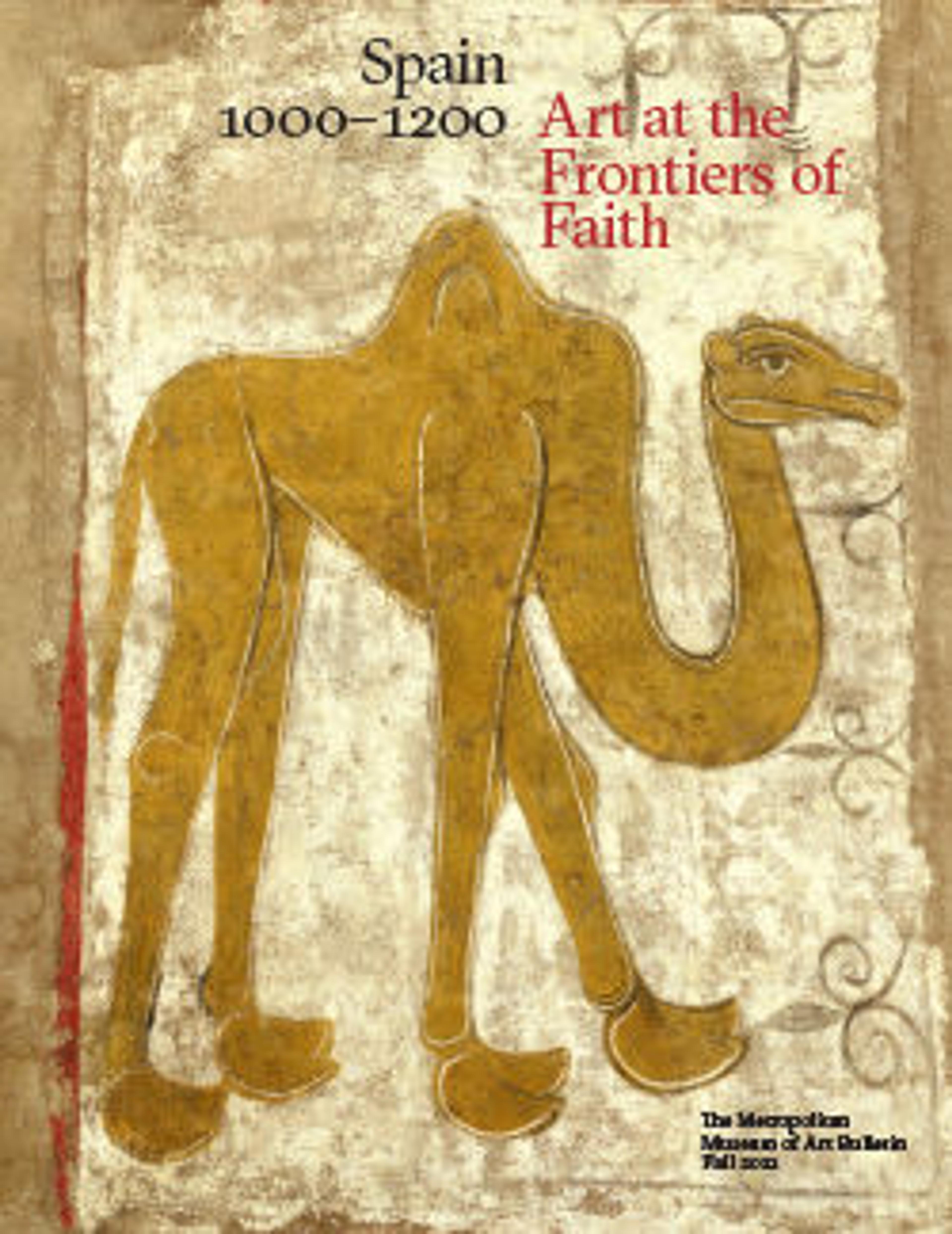Capital with Acanthus Leaves
This capital probably came from the splendid Umayyad royal residence city of Madinat al-Zahra', near Cordoba, Spain, which was founded in 936. The classical tradition so important in Umayyad Syrian art is evident here. This is not surprising in light of the Syrian roots of this caliphal house (711–1031), which arose in Spain after the Umayyad dynasty was replaced and almost extinguished by the new 'Abbasid rulers centered in Baghdad.
Artwork Details
- Title:Capital with Acanthus Leaves
- Date:10th century
- Geography:Attributed to Spain, probably Cordoba
- Medium:Marble; carved in relief
- Dimensions:H. 14 1/2 in. (36.8 cm)
W. 13 1/2 in. (34.3 cm)
D. 13 1/2 in. (34.3 cm)
Wt. 140 lbs. (63.5 kg) - Classification:Sculpture
- Credit Line:Theodore M. Davis Collection, Bequest of Theodore M. Davis, 1915
- Object Number:30.95.134
- Curatorial Department: Islamic Art
More Artwork
Research Resources
The Met provides unparalleled resources for research and welcomes an international community of students and scholars. The Met's Open Access API is where creators and researchers can connect to the The Met collection. Open Access data and public domain images are available for unrestricted commercial and noncommercial use without permission or fee.
To request images under copyright and other restrictions, please use this Image Request form.
Feedback
We continue to research and examine historical and cultural context for objects in The Met collection. If you have comments or questions about this object record, please contact us using the form below. The Museum looks forward to receiving your comments.
